
The Boreal Forest – A Life Source
A key feature of the Yukon’s geography is the Boreal Forest. The Boreal forest grows around the Earth located exclusively in Northern Hemispheres at latitudes between the Arctic Circle and 50° North. 1https://en.wikipedia.org/wiki/Boreal_forest_of_Canada Also known as “taiga”, a Russian word which simply means swampy, moist forest. The Boreal forest turns to tundra and eventually ice as you travel further north. But not all Boreal forest is wet and swampy, that which grows in areas with good drainage such as mountain slopes ensure a variety of tree species as each finds the optimum conditions to grow and flourish.
Yukon’s Boreal Forest: is about 115 million acres (47 million hectares) in size which is larger than all of Sweden.2 https://www.borealbirds.org/province-territory-boreal-forest-facts/Yukon Yukon’s portion of the national boreal forest contains a mix of coniferous and deciduous tree species. The forest is dominated by White Spruce and Lodgepole Pine along with Trembling Aspen and Balsam, Poplar and Willow tree species. Each of these form a mosaic across the landscape in groves of deciduous trees populating a few hectares here and there among a vast expanse of evergreens, the result of millions of years of alteration influenced by wildfires, floods, glaciers and plant evolution….humans have also altered the forest.

Photo credit: Yukon Government
Of course millions of animals make their homes in the Boreal forest primarily for the shelter protection and varieties of foods that are produced there. Forests are critical habitats to promote and maintain biodiversity largely because of the huge variety of habitat types found in most northern forests.
Within the forest there are various sized grasslands, creeks, rivers, lakes and swamps and rock outcroppings as well as mountain ranges, and large areas of low growing vegetation and bushes – many that produce nutritious fruit each year. New plant species are advancing northward as the climate changes encouraging new animal species to follow the foods they depend on, and our biodiversity expands in both flora and fauna. Many plant seeds are carried in the waste of migratory birds. When they poop, they deposit seeds that will grow and multiply if all the required growing conditions are present for that species of plant.
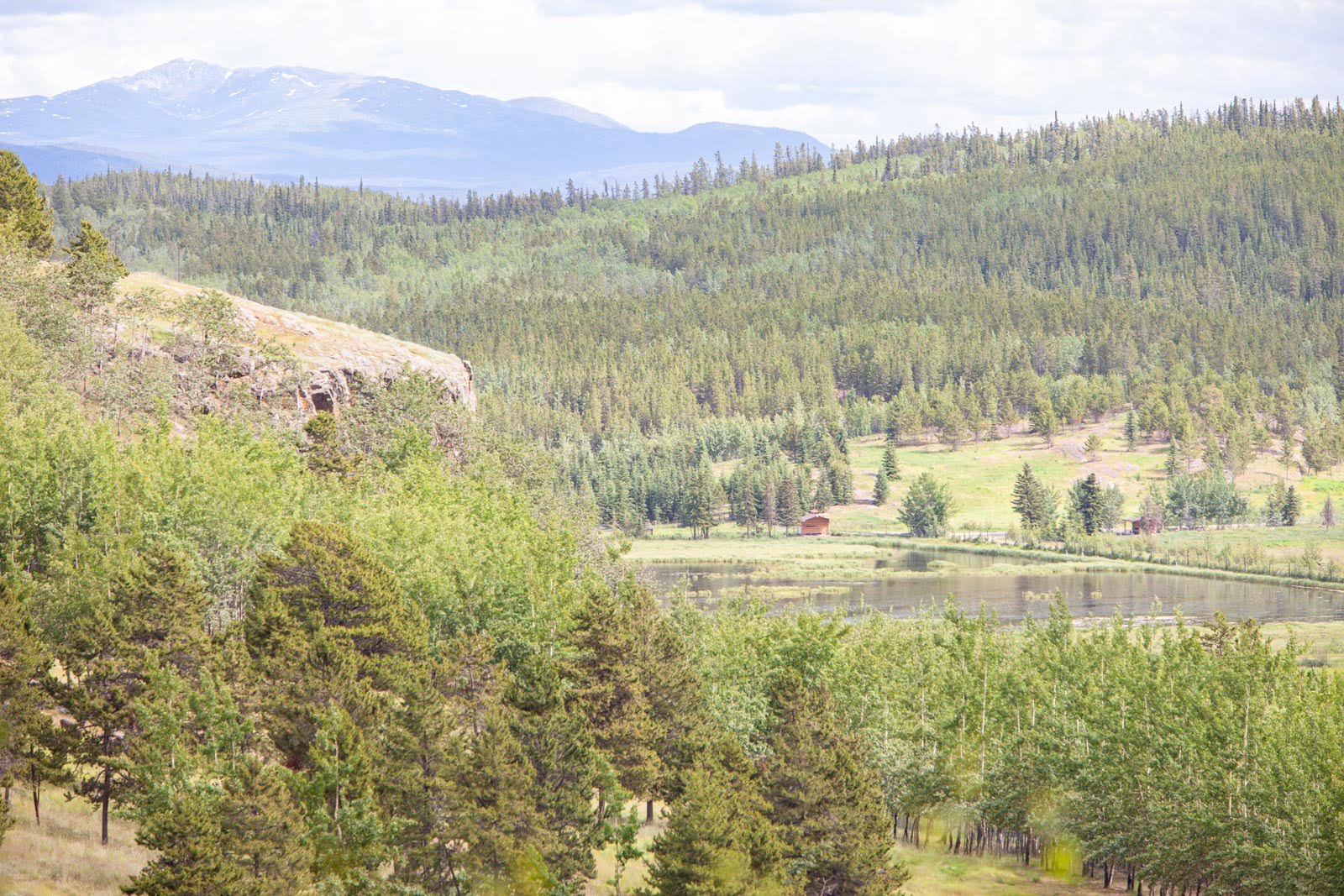
Photo credit: Jake Paleczny
It’s no wonder birds and small animals are drawn to forests as they provide a wide selection of food types and locations for nests and dens to be built. Like other habitat types, the forest is a diverse community which includes a huge collection of insect species, birds, rodents and fur-bearing mammals. Not restricted to the ground and under it for the needs to maintain their lives, the creatures in the forest live in three dimensions as the trees offer additional options for food gathering, escape from predators and the opportunity to build nests high above the ground.
The forest supports a variety of creatures that thrive within its protective environment compared to other habitat types. One of these is the Northern Flying Squirrel which are nocturnal and unlike Red Squirrels, are very sociable. Several adults may feed in a group and nests are often located close together in the safety of the evergreen trees. Often when cold a number of Flying Squirrels will huddle together in one nest. With the loose skin that stretches from wrist to ankle, the squirrels glide for a distance as they fall, but they can’t actually fly.
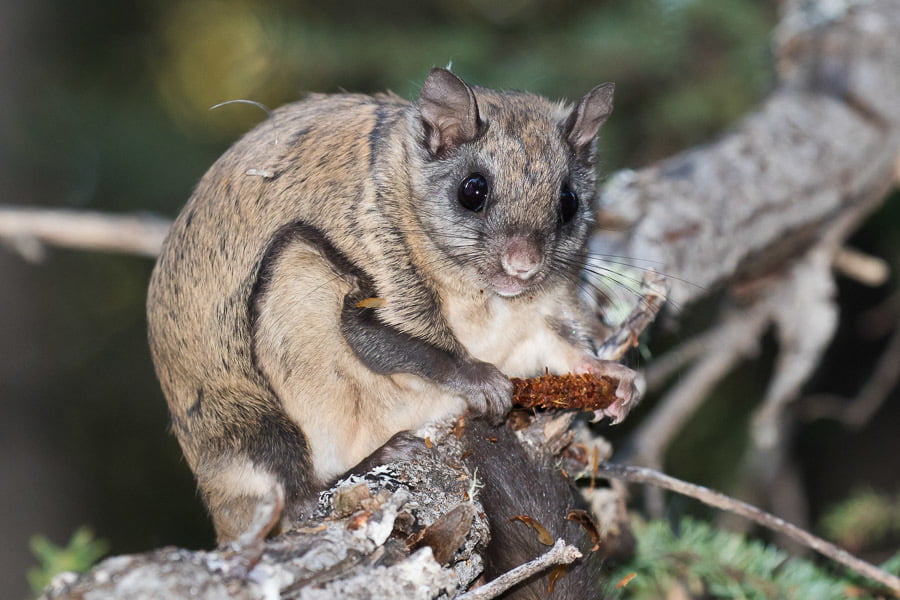
Photo Credit: iNaturalist Jukka Jantunen
A primary function of the forests is to provide cooling shade for animals when the sun is shining and the temperature climbs higher. 3https://www.sciencedaily.com/releases/2007/02/070212182026.htm The moose here at the Preserve demonstrate this during the warmer days of summer, and usually when there are visitors who have come to see them. A large dark coloured animal like a moose will seek the comfort of the shade provided by the trees whenever the sun’s heat becomes uncomfortable for them. Like most creatures covered in fur or hair, they do not perspire to regulate their body temperature. Instead they pant where they shed body heat through respiration using their mouths and nostrils. The velvet-covered antlers and the large ears of moose also dissipate body heat well, and they like a refreshing swim in the water to cool off too. So the next hot summer day you visit with us here at the Preserve, be prepared to go look for the moose at the shady forested end of their habitat- that’s where they will be if they aren’t splashing and playing in the marsh pond.
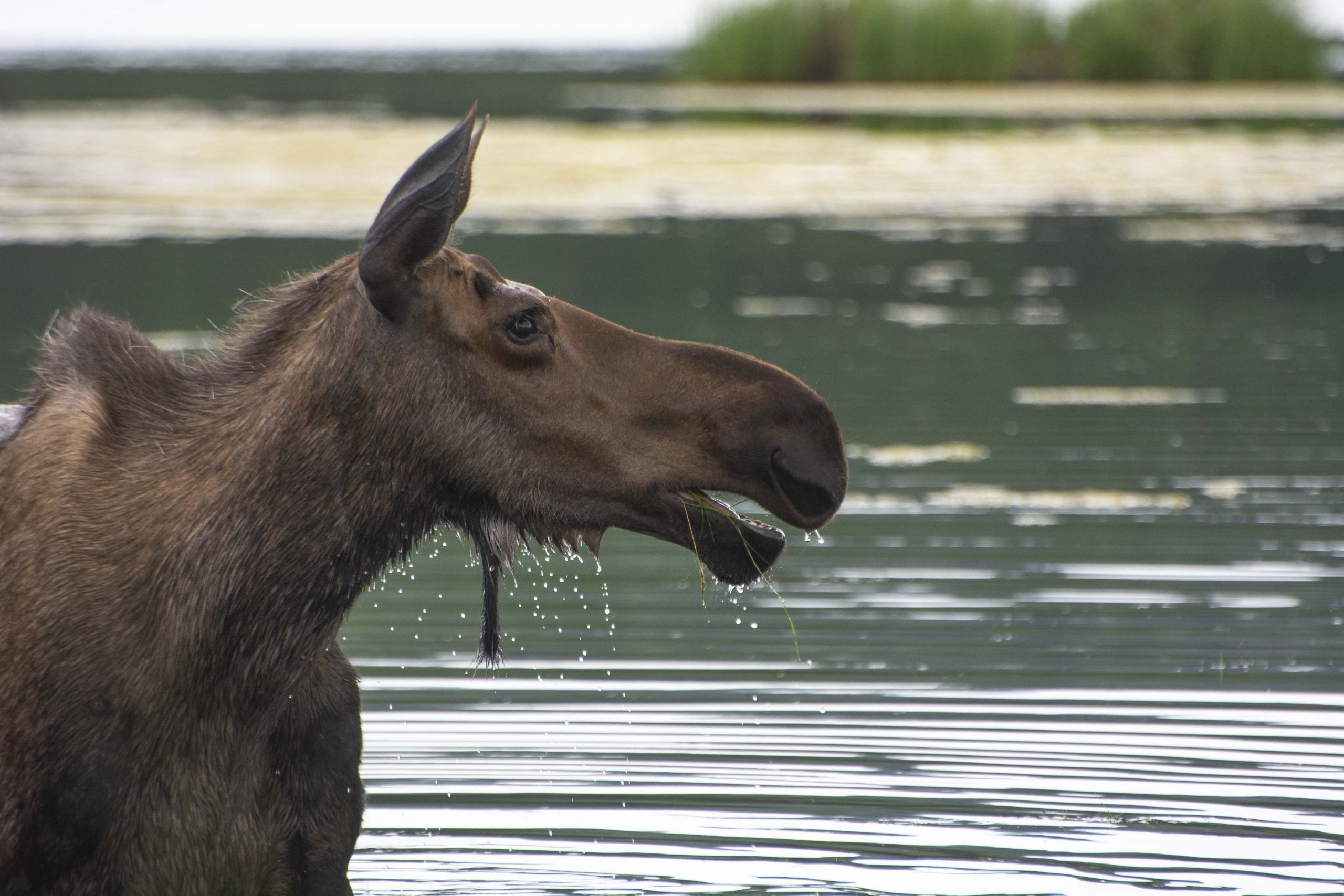
Photo credit:Lindsay Caskenette
The Boreal forest also modifies the cold winter weather where it acts as a barrier to quell the harsh north wind when it blows. It can also act as a barrier in some settings to limit the amount of snowfall in the leeward side of the forest which can enhance winter grazing for some animals. Trees retain some radiant heat from the sun and can moderate the temperatures within their local area overnight. The interior area of a forest may be warmer or colder than the area surrounding it depending on wind and how it is mixing through the trees, these wind influences change as snow or new spring vegetation covers the ground seasonally.
The tree tops provide observation platforms for birds of prey that scout the surrounding area seeking food. Tree tops are also a favoured place for male birds to sing their mating songs in the spring trying to attract a mate. Some birds have adapted to living within the forest where they hunt among the trees. The Great Horned Owl is one of the larger raptor species that has evolved short wide wings that allow it to fly silently between the trees with remarkable agility and speed as it hunts for hares, birds, squirrels and mice.4 https://abcbirds.org/bird/great-horned-owl/ Many other bird species make a living in the forests as it provides all that they need for protection, nutrition and raising a family of young. Some years are better than others for food and weather thereby encouraging nesting pairs of some bird species to lay and hatch two clutches of eggs per season, before they migrate south once again.
Photo credit: From Left, Lindsay Caskenette & Jake Paleczny
Other birds like the many migratory songbird species that arrive each spring find a suitable location for them to build a nest and raise a family. Some birds nest on the ground such as grouse and even some songbirds, while others find an elevation in the bush and trees that suits their needs for camouflage, temperature, light and wind exposure, observation and the all-important ability to escape from predators.
Birds are often found eating the spiders, ants and other insects that make their homes on the trees. Seeds and nuts are also produced in volume stimulating Red Squirrels to harvest them and cache them away for their over-winter food needs. They also gather mushrooms and dry them on tree limbs to augment their winter diet. Like mice in the grasslands, Red Squirrels also build middens out of grass in the trees as well as burrows under the ground for their shelter and food storage needs over the winter season as they do not hibernate. Near these shelters you will often find their cache of pine cones and mushrooms stuffed under a fallen tree trunk or in holes at the base of a tree. Nearby will be a substantial pile of pine cone husks indicating a favourite safe place for the squirrel to take a meal.
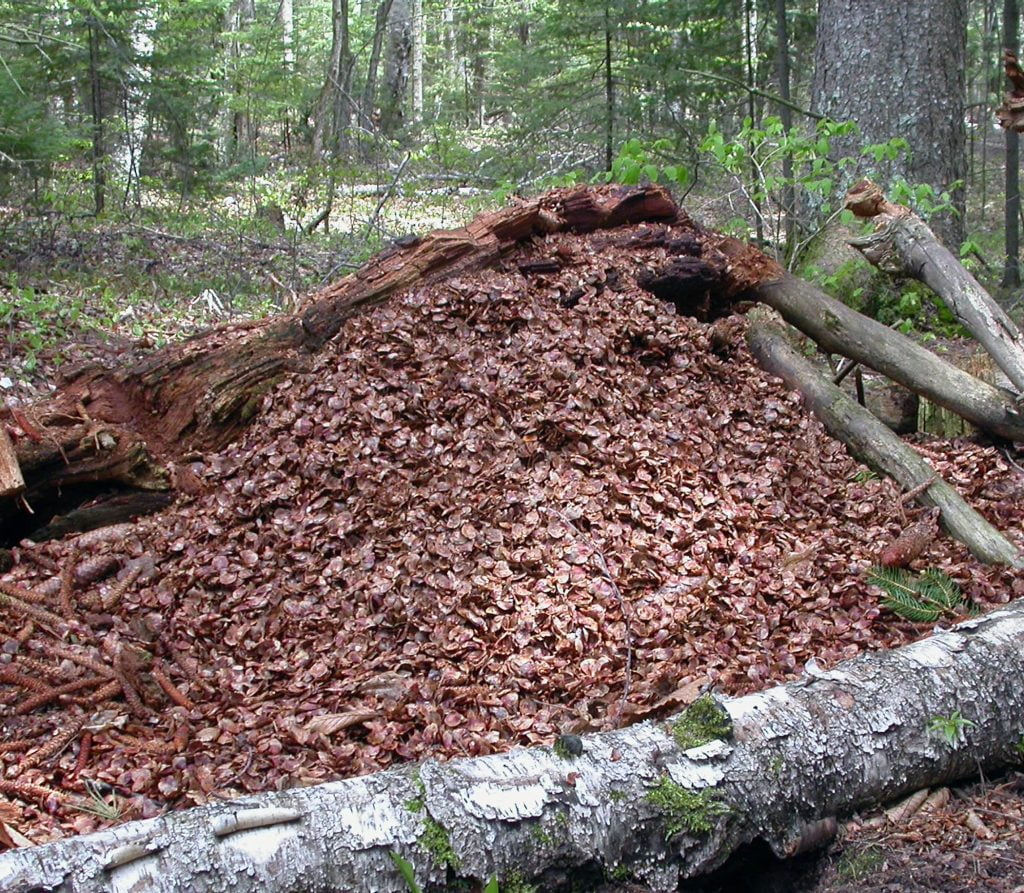
Photo credit: Doug Caldwell
Some older dead deciduous trees become the home for woodpeckers such as the Northern Flicker, Three-toed, Downey and Sap-sucker varieties. Chickadees, bluebirds and similar small birds will also take shelter in abandoned tree holes throughout the spring and summer breeding seasons.
From Left to Right: Yellow Warbler, Mountain Blue Bird, Downy Woodpecker, Western Wood Peewee
Photo credit: Jake Paleczny
There are times when the forests need to be rejuvenated after years of growth during which time underbrush and dead vegetation accumulate on the forest floor where it may smother the ground cover and negatively impact on other vegetation species important for the health of the forest. Pine needles, years’ worth of leaves and old grass on the forest floor is called ‘duff’ and it is the tinder that catches fire easily and spreads as the breezes move it to leaning dead trees often called ‘ladder fuels’ where the fire climbs to greater heights into the canopy of the forest to be fanned by the winds promoting more heat and eventually becoming a fully engaged forest fire.5 https://www.sciencedaily.com/releases/2020/02/200224165303.htm
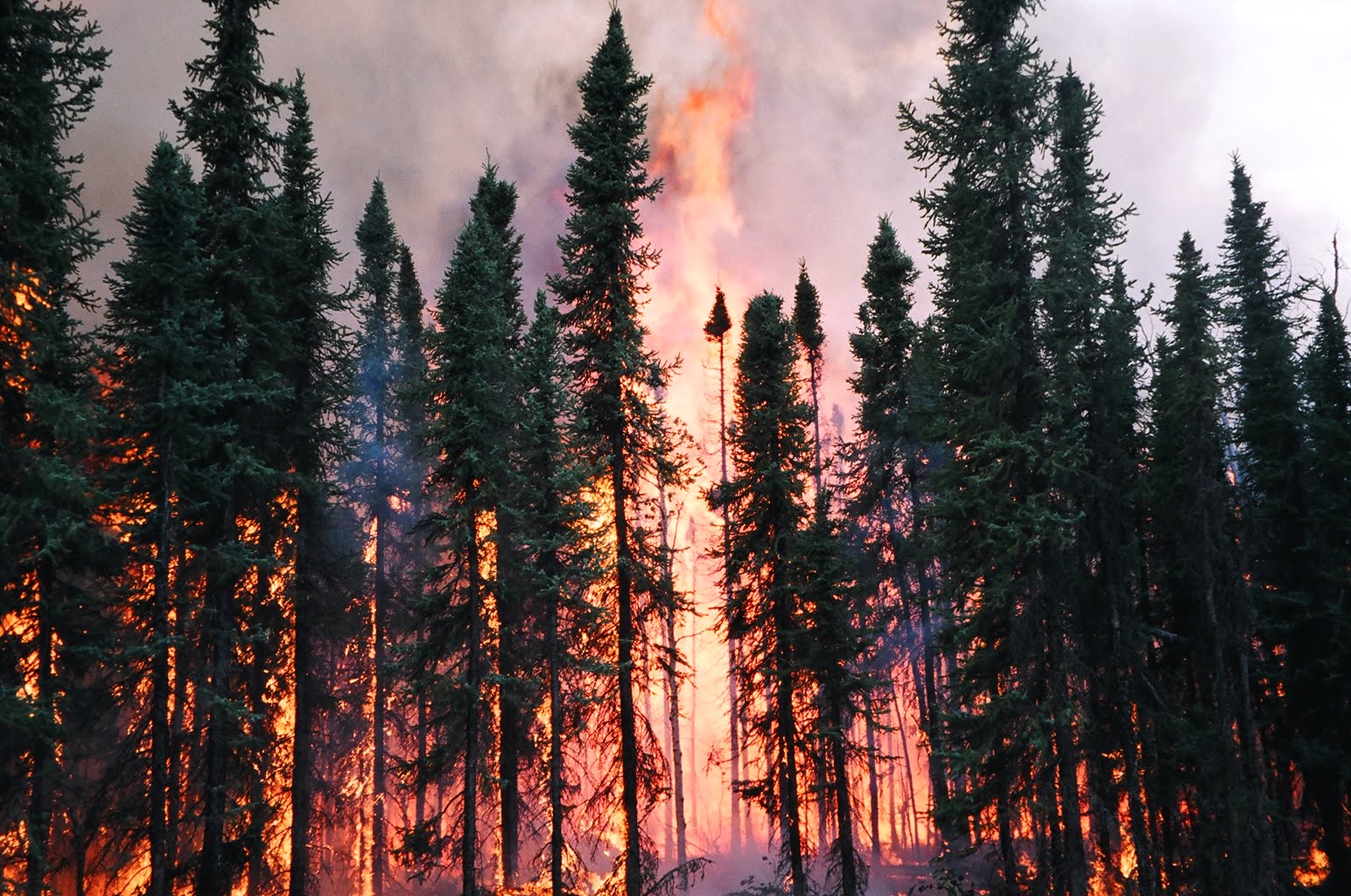
Photo credit: Yukon Government
Some forest fires may grow to a size where they create their own weather systems where they influence the amount of heat that is produced and retained and the amount of wind generated by the chimney effect of the burning vegetation. The wind is a critical influence in the fire as it advances randomly over the land. A fire may burn in chaotic fingers creating a pattern of burned and unburned areas. This is a benefit for animals firstly by providing a safer place for them to escape to during the fire’s initial burning. After the fire these patchworks of vegetated areas provide much needed grazing, berry growth and other foods to be found. It works as old growth and new growth mix the vegetation types creating a greater blend of plants on the land resulting in a healthier forest meadow for animals to graze.
The forest heals itself quickly after a fire. Plant ash acts like a fertilizer when rain falls on it causing a rich blend of important nutrients to leach into the ground and the roots of live vegetation stimulating their growth. 6https://www.sciencedirect.com/science/article/abs/pii/0098847279900091#:~:text=Ash%20leaching%20studies%20showed%20that%20plant%20ash%20acts,of%20moistening%20and%20drying%2C%20and%20freezing%20and%20thawing Fireweed and tender young willow shoots begin to grow among the burnt pine forests promoting hares, moose and other deer species to visit these areas. Bees and other insects will gather in these areas to pollinate the many emerging new plants and collect the pollen needed to sustain them.
Photo credit: (L) – JB the Moose enjoys fireweed in her diet, Maria Hallock (R) Frosty fall fireweed, Jake Paleczny
Perhaps the most amazing fire adaptation is that some species like the Lodgepole Pine, actually require fire for their seeds to germinate. In just a few short summers, forest regrowth will once again be attractive to birds and other small creatures to make it a home for them once again. For a few years following a forest fire, varieties of edible mushrooms like the Pine and ever-popular Morels grow in abundance prompting a human invasion into the black and sooty forest in search of these delicious fungi.
Photo credit: Yukon Government
Cold climate conditions of the north and reduced sunlight over the winter months results in shorter growing seasons which have a tremendous influence on how slowly trees in the Boreal forest grow. Evergreens are typically thinner but tall and spindly. Deciduous trees do well but their limbs often suffer from excessive weight when covered in snow and will break off.
Many creatures take shelter in the forested areas over the winter. Deer can be found avoiding the wind and the deeper snow which impedes their ability to find good grazing, Fur bearing animals like Pine Marten, weasels, lynx, foxes and more will make a forest area a home base as they patrol around their regular hunting areas in search of food returning to their winter dens at night or when temperatures become extreme.
A lack of water and sunlight over the winter when the ground is frozen also contributes to the grow-wait-grow cycle causing many northern plants and trees to go dormant over the winter months. Dormant meaning: They cease to grow new buds or grow in size, but they are still very much alive, just slowed down. The sap does not freeze in the wintertime in some tree species as they have natural antifreeze properties, however, there may be some freezing under -40 C or colder and then some trees will get so-called frost cracks due to expansion of the ice in the tree bark’s Cambium layer depending on their water content.
A common disease in the Boreal forest is Black Canker. 7https://www.agr.gc.ca/eng/agriculture-and-climate/agricultural-practices/agroforestry/diseases-and-pests/scab-and-black-canker-of-willow/?id=1367429536020 It is caused by the fungus Glomerella miyabeana in willow trees. Leaves that develop irregularly shaped spots are the first sign that a tree may be suffering from black canker. The spores are transported to different parts of the tree and to surrounding trees by insects. Black canker is present in some of the trees here at the Preserve. Your best viewing of Black Canker is near the Sheep/Caribou habitat on the trees near the road.
Photo credit: Jake Paleczny
The spring melt brings a welcomed respite and all drink deep when the melt water is flowing once again over the land and through their roots prompting new buds to emerge and the tree’s growth to begin once again.
The mixed Boreal forest has evolved to become one of the planet’s most important geographic regions and is a critical sanctuary for maintaining biodiversity of both flora and fauna. Additionally, the great forest consumes huge amounts of carbon dioxide which helps to moderate climate change. The Canadian Boreal emerged at the end of the last Ice Age about 10,000 years ago, with coniferous tree species migrating north. The forest as we know it today in terms of biodiversity took shape about 5,000 years ago — a very short time ago in geological time scale.8http://www.rapidshift.net/15085-2/
The global warming trend threatens to in time, transform the boreal forest area into grassland, tundra, parkland, or temperate forest, introducing a significant new stimulus for species of both plants and animals to adapt once again.
Outbreaks of forest-destroying plagues have come in the form of spruce-bark beetles, aspen-leaf miners, larch sawflies, spruce budworms, and spruce cone worms — all of which have been worsening in recent years due in large part to the warming of the average ambient temperature and warmer winter seasons that do not winter-kill bug larvae.9https://tidcf.nrcan.gc.ca/en/insects/factsheet/2819 An increase in woodpecker species and populations has been observed as Nature seeks to find a balance to combat increasing insect numbers. Forest fires in areas ravaged by insect-damaged trees is another of Nature’s ways of correcting this insect invasion.
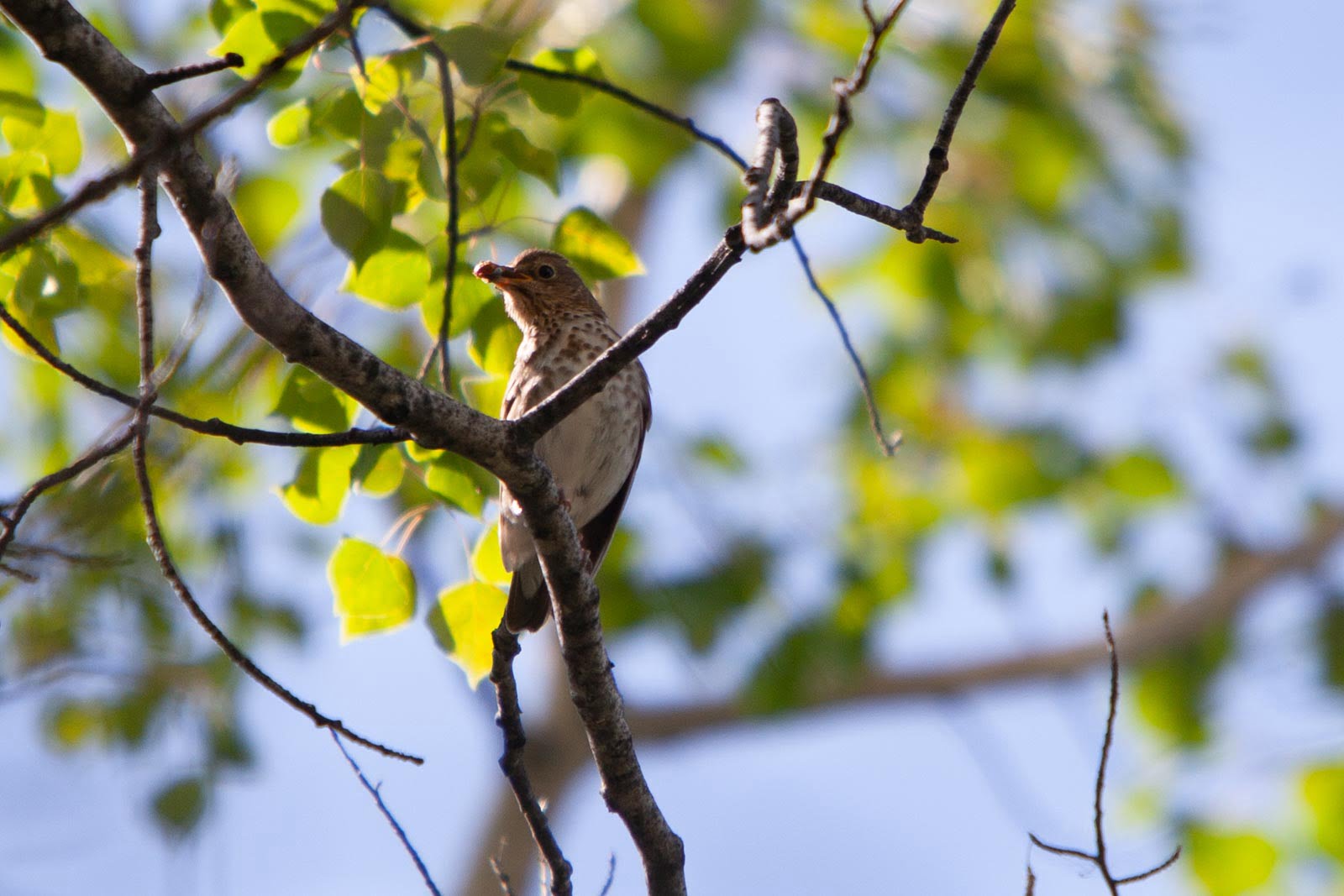
Swainson’s Thrush
Photo credit: Jake Paleczny
Humans remain as one of the most influential factors to the continued health of our forests. Development for human needs displaces vast areas of forested wilderness as our communities grow and expand, the forest resources are exploited for human consumption, and our poor record of campfire use in the forest needs to improve if we hope to maintain healthy forests into the future.
Change is ever-present and on-going and the health of the Boreal Forest will be a primary indicator of these changes as time passes. It will also remain as a vital habitat that supports a wide variety of evolving creatures and plant life which will demonstrate the continued health of the forest and in turn – the planet.

Doug Caldwell
Wildlife Interpreter
Doug is one of the Interpretive Wildlife Guides here at the Preserve. An avid angler and hunter he has a broad knowledge of Yukon’s wilderness and the creatures that live here. With a focus on the young visitors to the Preserve, Doug takes the extra time to help our guests to better appreciate the many wonders of the animal kingdom here in the Yukon.

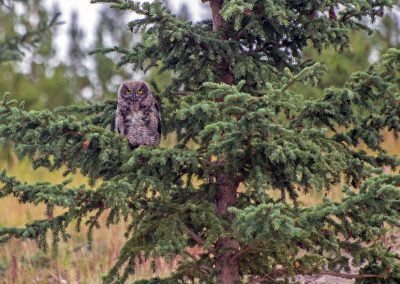
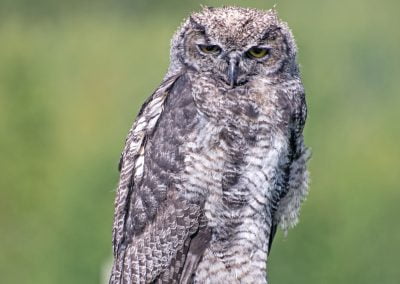
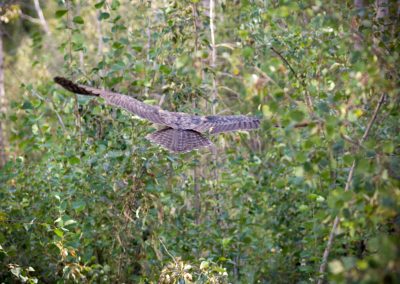
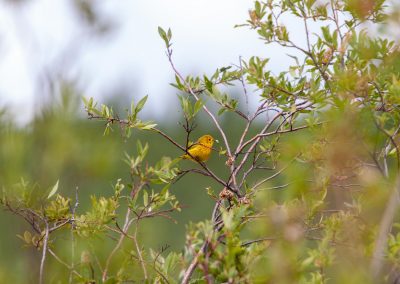
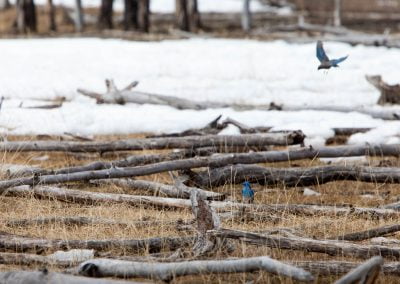
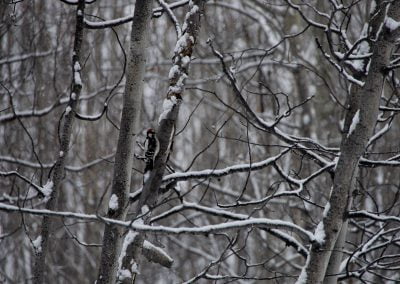
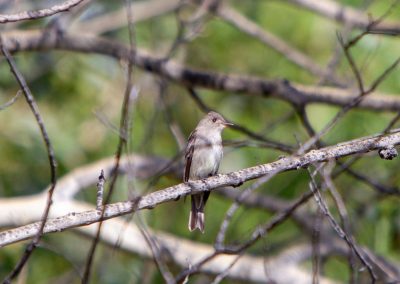
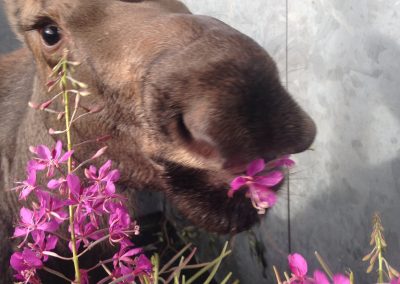
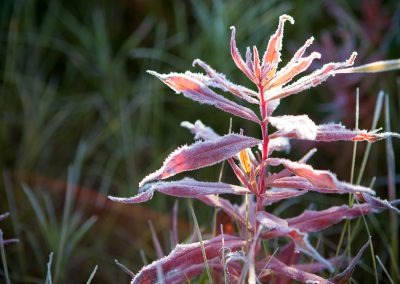
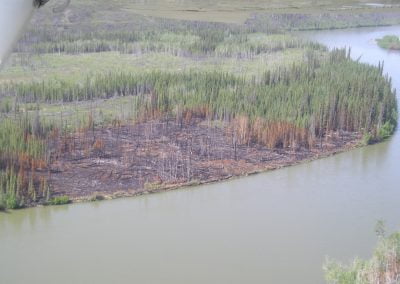

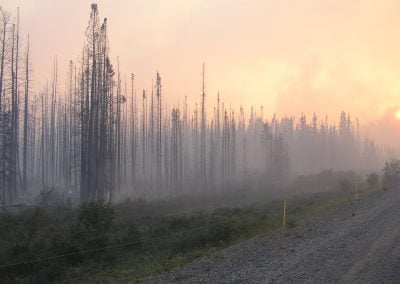
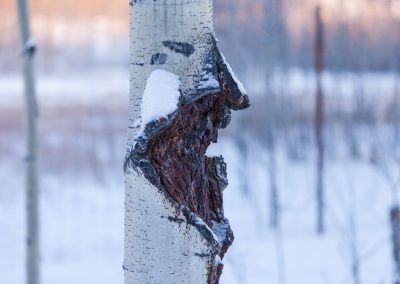
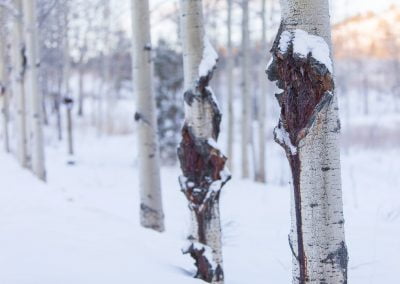
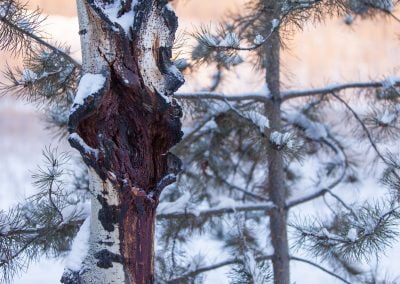
Very informative article on the boreal forest. I liked the illustrations. The bird photos could use identification for those of not familiar with all of the species.
Thanks so much for the comment and feedback. We updated the captions to identify the species pictured.
thanks! i just found this great site, with beautiful photos and so informative!
Thanks you so much! <3
Does anyone know if forest or park rangers positions are available within this forest? God, I’d give a kidney to work & live here.